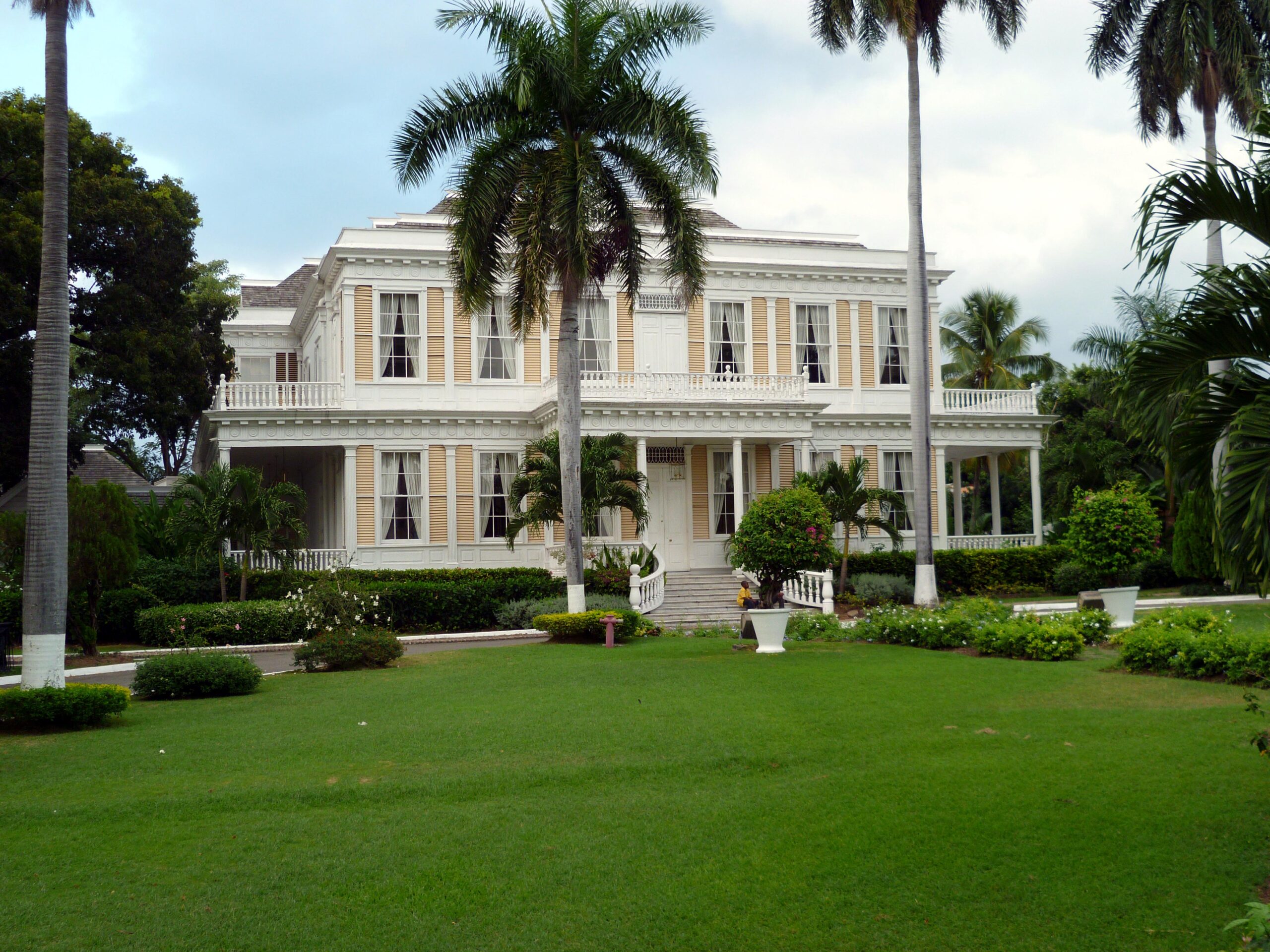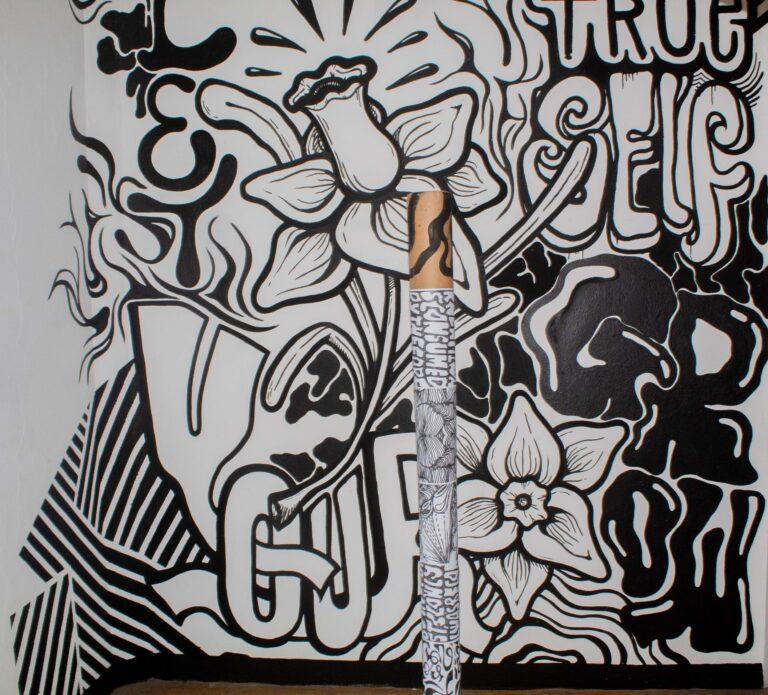The National Gallery of Jamaica at 50: Part 1: Antecedents

The National Gallery of Jamaica is turning 50 this year and this article, the first in a series on the subject, reflects on the different moments, personalities and discussions that have defined its history. It is a history of which I have been a part, in various capacities, since late 1984 and until I stepped down executive director in January 2018. As a “participant eyewitness” to a significant part of the Gallery’s history, my account inevitably presents my personal perspective and experiences, but I do hope that it will help to ensure that the National Gallery’s institutional memories are not forgotten or redacted to conform to any politically expedient narrative. The story of the National Gallery of Jamaica has involved the work of many, who all deserve to be remembered and credited, and I hope that I can do some justice to that.
The history of the National Gallery of Jamaica started long before the museum opened its doors. Art was part of the remit of the early Institute of Jamaica, which was established in 1879, as a colonial members’ institution. Some art was already collected then, albeit mostly from the plantation era, and there were occasional art-related workshops and lectures. The early Institute had a very limited social reach, however, and its colonial outlook on history and culture did not meet the rapidly changing cultural needs and demands of modern Jamaica.
By the 1930s, nationalist, anticolonial activists were publicly asserting that change was needed, in terms of providing more relevant cultural infrastructure and programmes, if the budding local arts scene was to thrive. Edna Manley, in a September 13, 1934, Gleaner article about the state of art in Jamaica, wrote that “the really lamentable absence of an art gallery…is holding back the whole cultural development of this side of Jamaican life”, the first public call for such a facility in Jamaica.
The demands became openly adversarial at the Institute’s 1936 Annual General Meeting, when colonial expat leadership was heckled and publicly challenged over the lack of relevance of its programmes and collections. One of the hecklers, the young lawyer S.R. Braithwaite, notoriously demanded that the historical portrait gallery be “torn down” and replaced with modern art. This incident was deemed sufficiently momentous, or perhaps scandalous, to be reported twice in the Gleaner, of January 30 and 31, 1936, respectively, with a full transcript of the contentious meeting on the second day. Crucial in all of this was the belief that the arts were essential to fostering healthy postcolonial cultural identities, and that national cultural institutions should support this process.
The demands for change soon began to yield success. The acquisition, by means of a well-supported public subscription campaign, of Edna Manley’s Negro Aroused in 1937, was externally orchestrated but introduced modern Jamaican art to the Institute’s collection. It was a first step towards what would later become the National Gallery’s collection. Philip Sherlock, a member of the nationalist intelligentsia, became the first Jamaican-born secretary (the equivalent of today’s executive director) in 1938 and was instrumental in repositioning the Institute’s outlook and programmes. By the early 1940s, the Institute had a dedicated exhibition gallery, was collecting and exhibiting modern Jamaican art on a regular basis and hosted free adult art classes at its new Junior Centre. These art classes, which were initiated and taught by Edna Manley, were influential in shaping the course of Jamaican art at that time, fostering a community of artists and artistic ideas, and helped to set the stage for the establishment of the Jamaica School of Art and Craft in 1950.
There is no doubt that the Institute did valuable work in supporting Jamaican art and artists. By the 1960s, the Jamaican art world had, however, outgrown what the Institute could offer, as a small generalist cultural institution. There was a general thrust towards professionalization and formalization in the Jamaican art world, which also included the introduction of a full-time diploma programme at the Jamaica School of Art, which had previously been a part-time institution, and private initiatives such as the Contemporary Jamaican Artists Association. It is in this context that plans for the National Gallery, as a specialized national art museum, took concrete shape.
Devon House, which would become the first home of the National Gallery of Jamaica, was acquired in 1967 by the Jamaican Government as an initiative of Edward Seaga. The site already had cultural and recreational functions before the National Gallery opened there in 1974 and this appears to have included art exhibitions, a subject that ought to be researched and documented further. When I started working at the National Gallery in 1984, several older ancillary staff members were from Tivoli Gardens and had been working at Devon House before becoming part of the Gallery staff. Political patronage was indeed part of the National Gallery’s story from before it even opened and rivalry about its political ownership has been its Achilles heel, as has been evident on several occasions during the institution’s history.
I have been told, but have not seen any actual evidence, that the Institute already had plans for a National Gallery in the 1960s but it was in 1972 that the newly-elected Michael Manley administration took the first steps towards its establishment. An advisory committee was appointed, consisting of businesspersons and artists including Sam Hart, Vayden McMorris, Edna Manley, Ralph Thompson, Bernard Lewis (who then headed the Institute of Jamaica), Osmond Watson and Karl “Jerry” Craig (then the Director of the Jamaica School of Art), while Maurice Facey became the founding chairman.
The National Gallery was not established by an Act of Parliament, as is the norm for public cultural institutions, but as a limited liability company with Maurice Facey as the sole shareholder. This was apparently done so that the National Gallery could earn income from commercial ventures such as the concession for the Grog Shoppe restaurant, which was already in operation. The National Gallery did not acquire non-profit, charitable status, which also points towards a profit-making business model. Maurice Facey would continue to serve as Chairman until 1977, when he was succeeded by John Maxwell. Facey, again, became chairman in 1981 and continued in this capacity until 1992, making him the longest-serving chairman of the National Gallery.
The National Gallery of Jamaica officially opened its doors at Devon House on November 14, 1974. At that time, 237 paintings and 25 sculptures, all modern Jamaican artworks, were transferred from the collection of the Institute of Jamaica and the Gallery also took over the Institute’s art exhibition programme. Nearly 70 works from the Institute’s historical collection were subsequently transferred in 1976.
The first head of the National Gallery was Liz Milner, who served as supervisor. Her employment may initially have been with Devon House. I have no information on Ms. Milner and welcome any information my readers could share on who she was and what exactly her functions were at Devon House and the early National Gallery. She was succeeded by Vera Hyatt, a Jamaican cultural administrator who had previously worked with the British Council and who was recruited as the first specialist professional on the National Gallery staff. David Boxer, a protégé of Edna Manley who was a graduate student in art history at the Johns Hopkins University when the National Gallery was being planned, joined the staff as director/curator one year later, on December 2, 1975, along with Roy Case, who joined as director of development. Hyatt then became deputy director and continued in this capacity until 1980, when she migrated to the USA and became a registrar with the Smithsonian Institution. David Boxer continued as director/curator until 1991, and subsequently as chief curator until 2013. Another early team member was Tammy Isaacs, who was on staff by 1979 as assistant to the curator.
It is not clear what operational relationship there was, if any, with the Institute of Jamaica during the National Gallery’s foundational years, other than the transfer of part of its art collections and exhibition programmes. This however changed in the late 1970s, probably when the 1978 Institute of Jamaica Act came into effect, the Gallery’s government subvention now remitted through the Institute’s accounts department and other management functions, such as HR, were also shared. A development that, David Boxer told me, repeatedly, was deemed interfering and not welcomed by him. The National Gallery however continued to operate with significant de facto autonomy and, as we will see elsewhere in this series of articles, the relationship with the Institute of Jamaica was testy at times.
In the next installment in this series, I will focus my attention on some of the seminal exhibitions, acquisitions and programmes of the National Gallery in the mid to late 1970s to early 1980s, and the curatorial and art-historical work of David Boxer and his team in articulating a history of Jamaican art in the process.
Dr Veerle Poupeye is an art historian specialized in art from the Caribbean. She works as an independent curator, writer, researcher, and cultural consultant. The second, revised and expanded edition of her best-known book “Caribbean Art” was recently published in the World of Art series of Thames and Hudson. Her personal blog can be found at veerlepoupeye.com.






